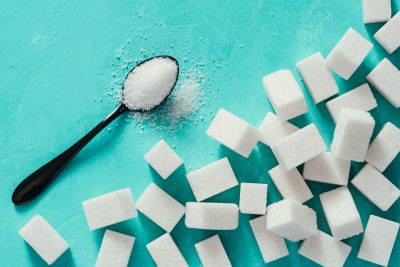Help fight the rise of T2D with healthy dairy products

Recent studies show that milk products can help reduce the risk of type 2 diabetes.
Type 2 diabetes is on the rise globally
World Health Organization (WHO) states that the number of people suffering from diabetes has almost quadrupled in the past 40 years — it currently affects around 422 million people worldwide. Of these people, more than 95% have type 2 diabetes, which is largely considered to be the result of excess body weight and physical inactivity.
There is a globally agreed target to halt the rise in diabetes and obesity by 2025. One way to help curb its prevalence is by developing healthy and delicious options for people struggling with the disease and its underlying causes.
Research shows dairy products can help fight type 2 diabetes
Epidemiological studies, such as those carried out by Drouin-Chartier et al *1 and Tian et al *2, have shown that there is an inverse correlation between type 2 diabetes (T2D) risk and total dairy, low-fat dairy, and yoghurt consumption.
Furthermore, Gijsbers et al *3 suggest that each added 200 grams per day serving of total dairy is associated with a 3% reduced risk of type 2 diabetes.
“There are several plausible biological mechanisms through which milk products may play a role in reducing the risk of developing type 2 diabetes,” says Dr. Anu Turpeinen, Nutrition Research Manager at Valio.
“Over 400 million people worldwide have type 2 diabetes.”

The proof is in the pudding: making healthy eating easy and delicious
High-protein pudding is an ideal product for supporting an active and healthy lifestyle. A high-protein pudding made with Valio Eila™ Nutri F+ and Valio Eila™ PRO WMP has the same delicious taste and creamy mouthfeel as a pudding made with fresh milk.
This high-protein pudding solution also
- scored A in Nutri-Score recently, which speaks of excellent nutritional value
- contains up to 10% protein
- is lactose free/low lactose
- is a source of calcium and vitamin B2
- is high in phosphorous and vitamin B12.
Want to help fight type 2 diabetes with healthy dairy? Contact Emma!






